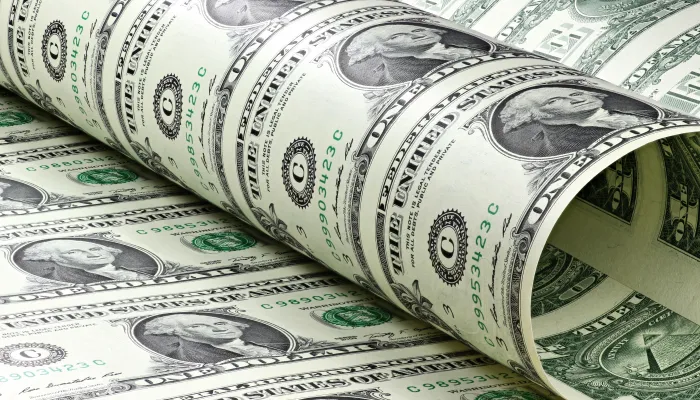CBO Updates Their Historical Budget Data
Nearly two weeks ago, the Bureau of Economic Analysis released its GDP report with a $560 billion upward revision for 2012. As we explained at the time, the BEA has adopted a new accounting system, which changes the way GDP is measured. Now R&D and artistic creation are accounted for as investments, instead of as immediate expenditures. As a result, GDP appears larger than under previous measurements.
Today, the Congressional Budget Office revised its historical data to incorporate BEA's accounting changes. Actual past budgets are unaffected by this change, but because historical GDP has been revised upward, both spending and revenue as a share of GDP appear slightly smaller than old estimates.
[chart:8969]
Source: CBO
The change appears even less dramatic when comparing the old estimates of historical debt-to-GDP figures to the revised estimates.
[chart:8970]
Source: CBO
Another measure often discussed in the budget is the 40-year historical average for the different budget metrics, which is used as a barometer of the fiscal size of government, deficits, and debt in recent history. Obviously, with higher GDP numbers, these averages are now lower. For example, historical spending and revenue used to be about 21 percent of GDP and 18 percent, respectively, but now average 20.4 percent and 17.4 percent. Notably, the official 40-year averages match what Donald Marron estimated when the GDP numbers originally came out.
| 1973-2012 Averages, Percent of GDP | ||
| Old | Revised | |
| Revenue | 17.9% | 17.4% |
| Spending | 21.0% | 20.4% |
| Deficit | -3.1% | -3.0% |
| Debt | 39.2% | 38.0% |
| Memorandum: Estimate of 2013 Debt | 75.1% | 72.5% |
Source: Marron, CBO, BEA
Going forward, the higher GDP numbers will likely revise down the levels of budget metrics as a percent of GDP slightly but should not change the projections themselves. It is likely we will see lower levels of debt in the next CBO budget outlook, however the trajectory of debt will remain unchanged.
Click here for CBO's new historical data.


